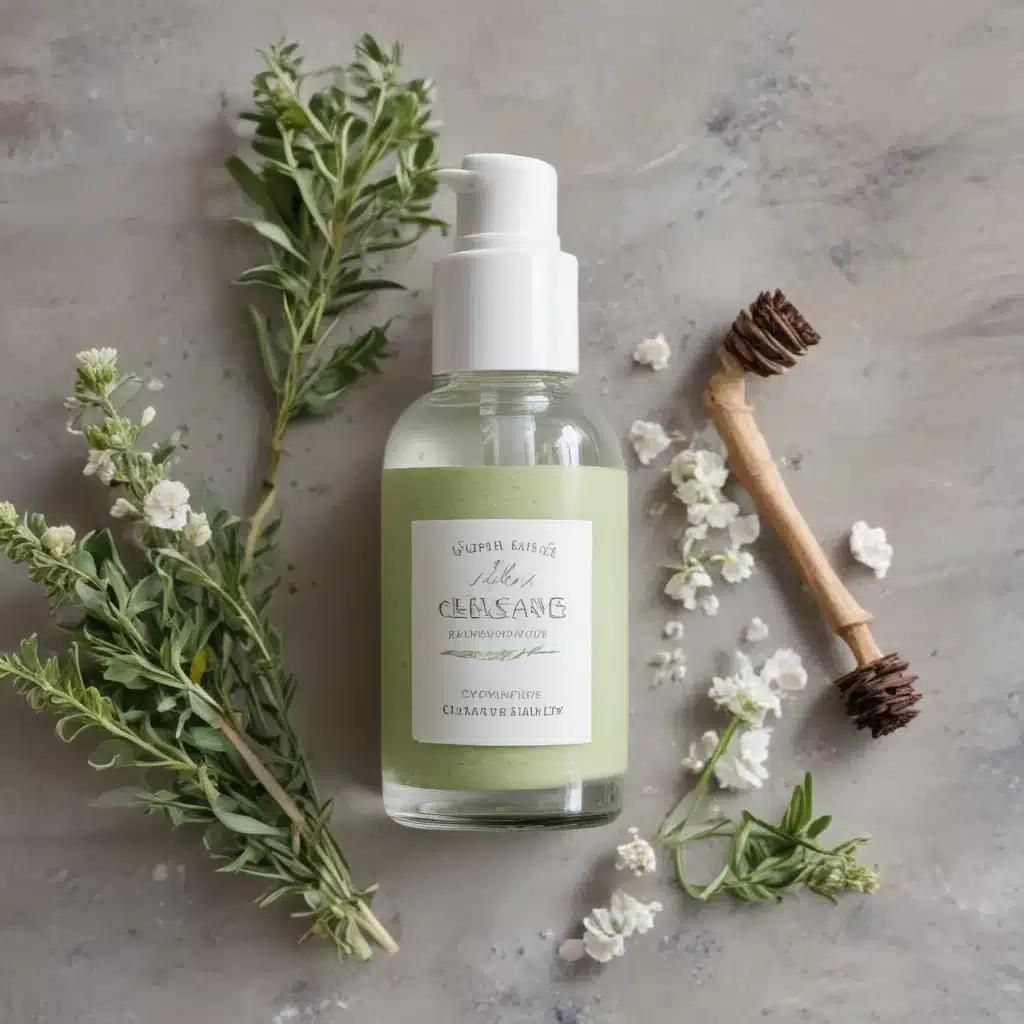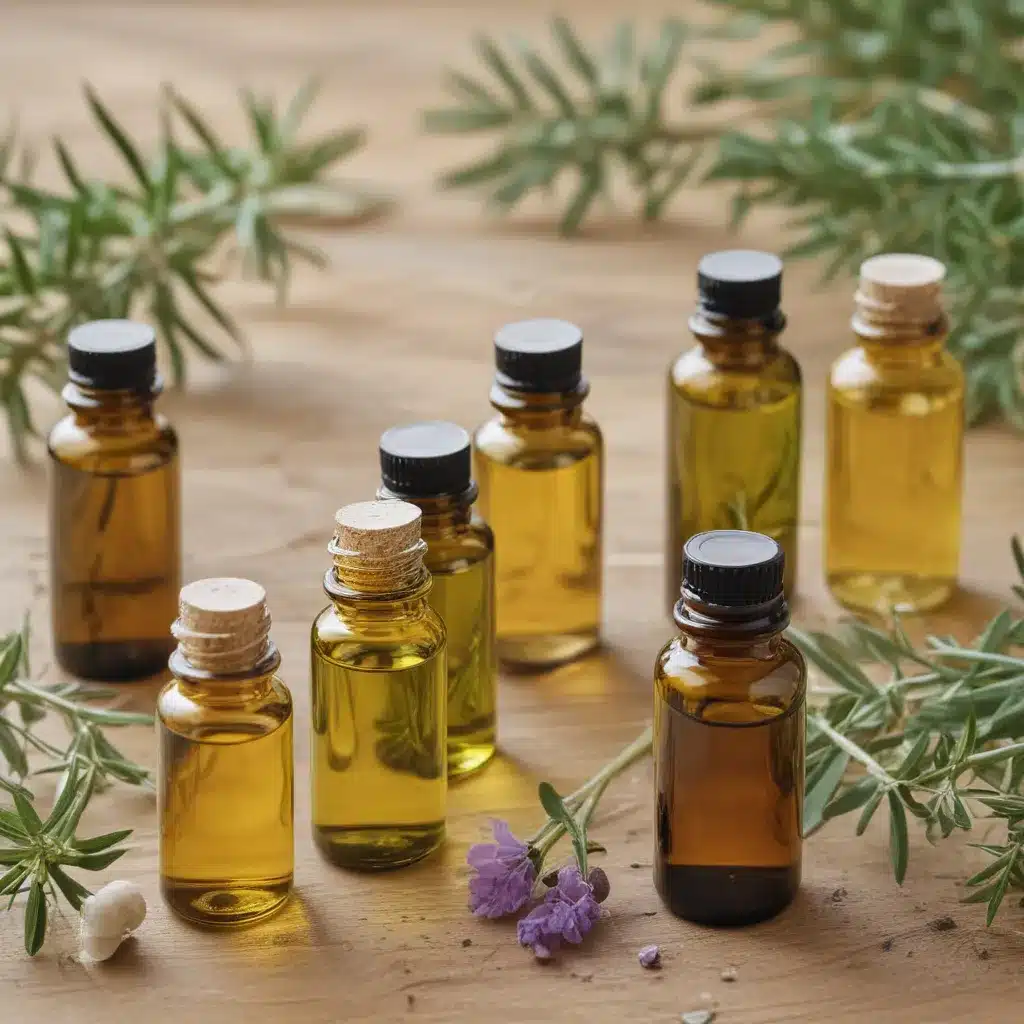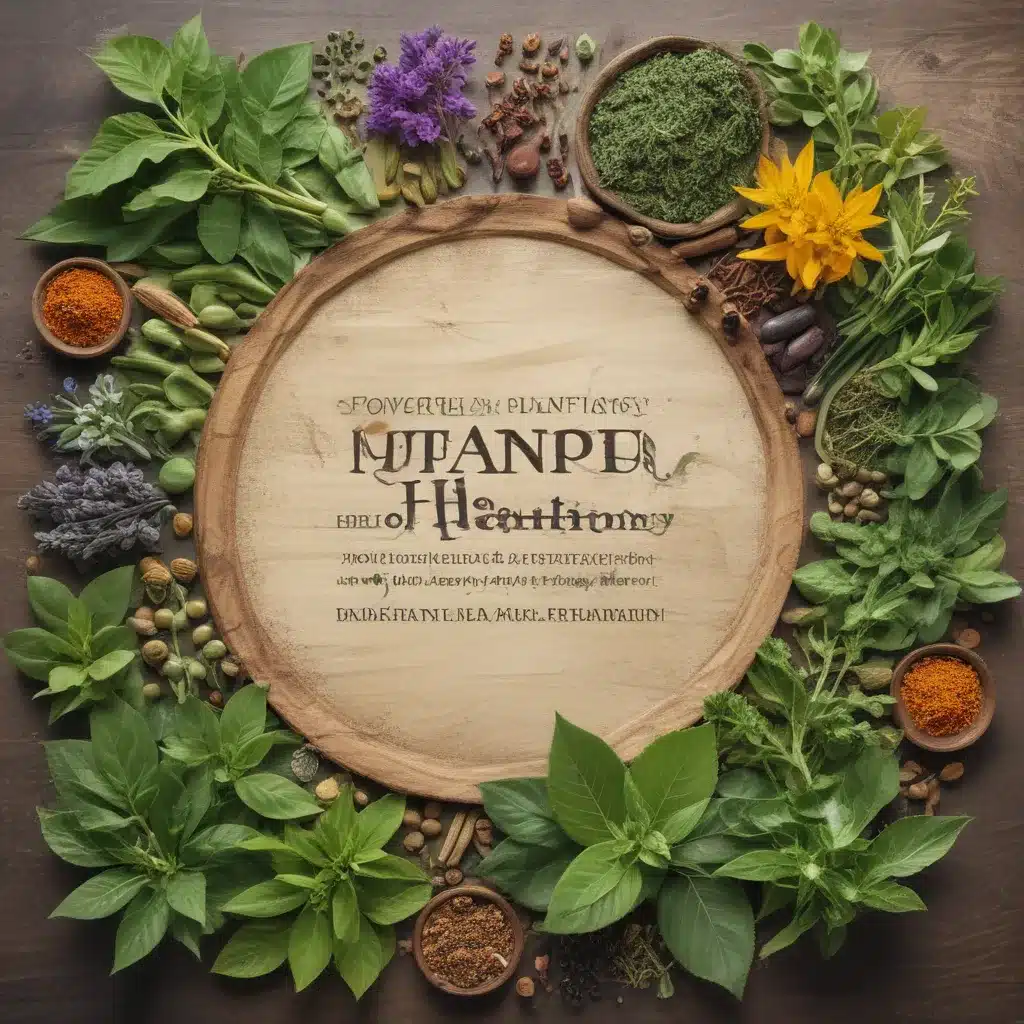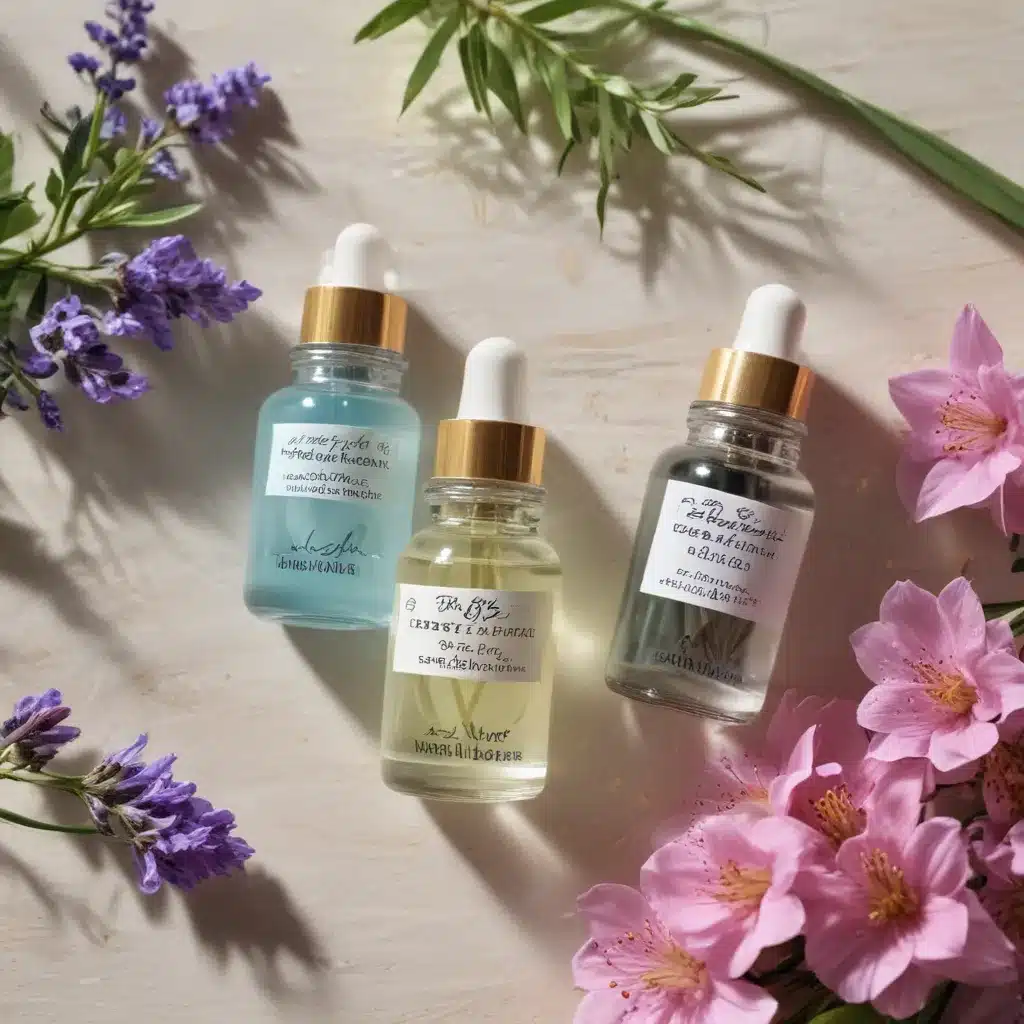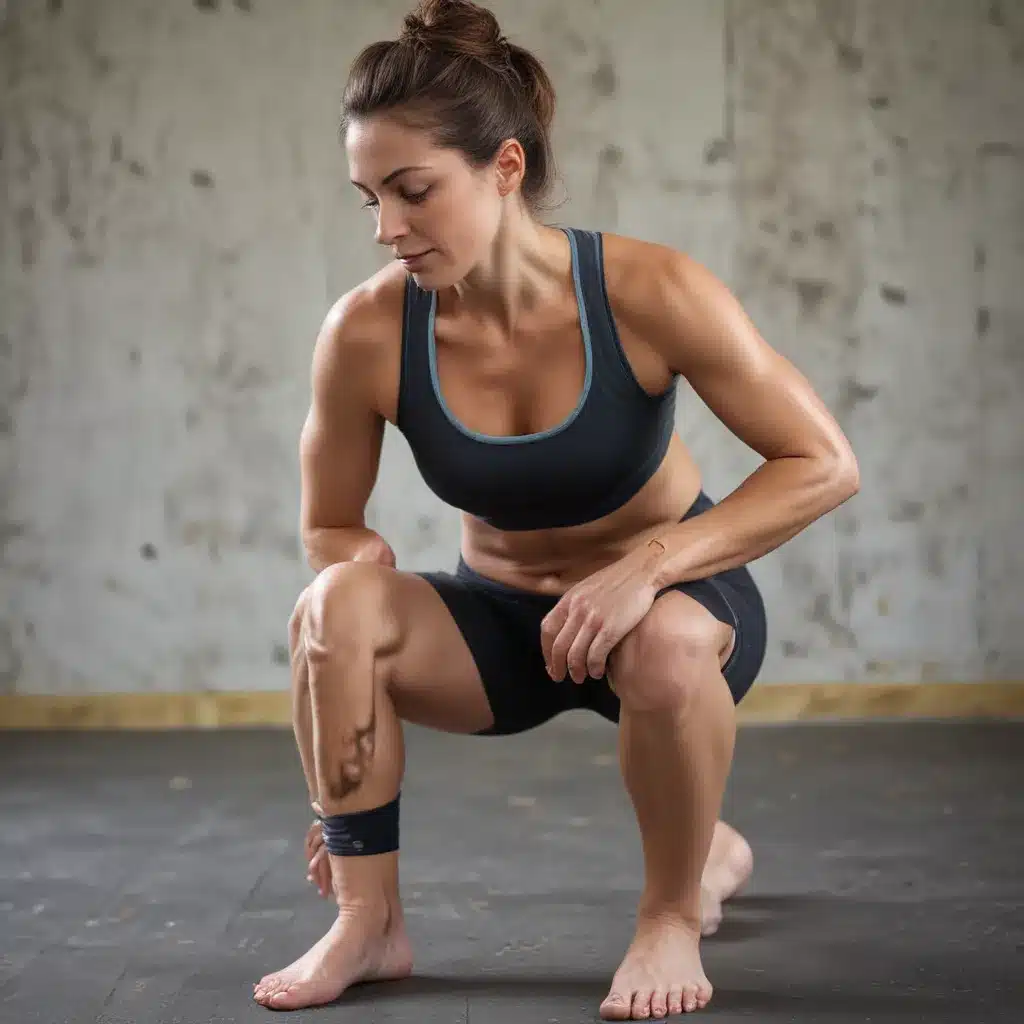
The Joy of Aching Muscles (And How to Ease Them)
Ah, the sweet, sweet, agony of a killer workout. You know the feeling – that satisfying soreness that sets in a day or two after a particularly intense training session. While it can be a badge of honor for fitness enthusiasts, that lingering muscle pain isn’t exactly fun to deal with.
As someone who loves to stay active, I’ve certainly had my fair share of aching muscles over the years. From training for marathons to going full-throttle in HIIT classes, my body has definitely been through the wringer. But you know what? I wouldn’t have it any other way. There’s just something undeniably rewarding about pushing your physical limits and feeling the soreness that comes with it.
That said, I’ve also learned a thing or two about how to effectively ease and soothe those sore, tired muscles. And let me tell you, it’s a game-changer when you can get that recovery process dialed in. Whether you’re training for a big event, recovering from an injury, or simply living an active lifestyle, having the right recovery tools and techniques in your arsenal can make all the difference.
So, if you’re an avid exerciser like me who’s dealt with your fair share of post-workout aches and pains, keep reading. I’m about to share some of my top tips and tricks for tackling sore muscles and getting back to feeling your best. From the power of essential oils to the magic of massage, prepare to bid farewell to that nagging muscle soreness for good.
Essential Oils for Muscle Relief
One of my go-to sore muscle remedies? You guessed it – essential oils! These highly concentrated plant extracts are absolute powerhouses when it comes to providing natural relief for achy, tired muscles. And the best part? There’s a whole world of different oils to explore, each with its own unique properties and benefits.
Take lavender, for instance. This calming, floral oil is renowned for its ability to reduce inflammation and promote relaxation. I like to apply a few drops to my temples, neck, and shoulders after a tough workout to help ease tension and induce a sense of calm. The soothing scent alone can work wonders for my mindset, helping me transition from “high-intensity mode” to a more relaxed, recovery-focused state.
Another one of my favorite essential oils for muscle soreness is peppermint. With its invigorating, menthol-like aroma, peppermint oil can provide a cooling, tingling sensation that helps distract from and alleviate muscle pain. I like to blend it with a carrier oil like coconut or jojoba and massage it directly onto any trouble spots. The increased blood flow and anti-inflammatory properties of peppermint oil make it a game-changer for easing muscle tension and promoting healing.
And let’s not forget about the powerhouse that is eucalyptus oil. This earthy, camphor-scented oil is renowned for its ability to reduce inflammation and improve circulation. I find that adding a few drops to a warm Epsom salt bath can work wonders for sore, aching muscles, helping to draw out lactic acid and promote muscle recovery.
Of course, those are just a few of the many essential oils that can be incredibly useful for addressing muscle soreness. Oils like ginger, rosemary, and clove also have amazing anti-inflammatory and pain-relieving properties that can be harnessed for natural muscle relief. The key is experimenting to find the oils (or blends) that work best for your individual needs and preferences.
One thing I always recommend is doing a patch test first before applying any new essential oils topically. Some people may have sensitivities or allergic reactions, so it’s important to make sure your skin tolerates the oil well before slathering it all over. And be sure to always dilute the oil in a carrier oil before use – pure essential oils can be quite potent and irritating to the skin if used undiluted.
The Magic of Massage for Muscle Recovery
In addition to the wonders of essential oils, massage is another incredibly powerful tool for soothing sore, aching muscles. There’s just something about the combination of targeted pressure and soothing, nurturing touch that can work absolute magic on muscle tension and discomfort.
I’ll never forget the first time I treated myself to a deep tissue massage after completing my first marathon. I had been in agony for days, with every step feeling like absolute torture. But after just 60 minutes on the massage table, I felt like a new person. All of that built-up lactic acid and inflammation seemed to melt away, replaced by a sense of deep relaxation and renewed energy.
Since then, I try to incorporate regular massage into my recovery routine, especially after particularly grueling workouts or training sessions. And let me tell you, it makes a world of difference. Not only does massage help flush out metabolic waste and improve circulation, but it also triggers the release of feel-good hormones like endorphins and serotonin. The result? Faster recovery, reduced muscle soreness, and an overall sense of restored vitality.
Of course, the type of massage you choose can make a big difference in terms of the benefits you experience. For targeting deep muscle tension and knots, I’m a big fan of deep tissue massage. The firm, focused pressure can be a bit intense, but it’s so effective at releasing those stubborn trigger points and adhesions.
For a more soothing, relaxing experience, I love indulging in a Swedish massage. The long, flowing strokes and lighter pressure help promote overall muscle relaxation and calm the nervous system. And if I’m really feeling achy and inflamed, I’ll opt for a sports massage, which incorporates techniques like cross-fiber friction and myofascial release to address specific muscle groups and injury-prone areas.
Regardless of the style, I always make sure to drink lots of water before and after a massage. This helps flush out any lactic acid or metabolic waste that gets released during the treatment. I also try to avoid any strenuous exercise for at least 24 hours post-massage, allowing my body to fully rest and recover.
Stretch it Out: The Power of Mobility Work
While essential oils and massage can work wonders for soothing sore, aching muscles, I’ve found that consistent mobility work is key for long-term muscle health and recovery. You see, when we push our bodies to the limit through intense exercise, our muscles can become tight, restricted, and imbalanced. This can lead to chronic pain, decreased range of motion, and an increased risk of injury.
That’s where mobility exercises come in. By intentionally moving our joints and muscles through their full ranges of motion, we can help restore balance, improve flexibility, and reduce built-up tension and tightness. It’s like giving our bodies a much-needed tune-up, allowing us to move with greater ease and efficiency.
One of my favorite mobility exercises for targeting sore muscles is foam rolling. I try to make this a regular part of my post-workout routine, spending 5-10 minutes slowly rolling out any trouble spots. The firm, targeted pressure of the foam roller helps break up adhesions, release muscle knots, and stimulate blood flow to the area. It can be a bit uncomfortable at times, but I always feel so much better afterwards.
I also love incorporating dynamic stretches into my mobility routine. Things like leg swings, arm circles, and controlled body weight movements help lengthen and loosen up the muscles, improving range of motion and reducing tightness. And the best part? You can do them anywhere, whether you’re at the gym, at home, or on the go.
But mobility work isn’t just about improving flexibility and reducing muscle soreness. It can also play a crucial role in injury prevention. You see, when our muscles and joints are moving freely and efficiently, we’re less likely to experience strains, sprains, or other common exercise-related injuries. It’s all about creating a strong, resilient, and well-balanced musculoskeletal system.
Of course, the specific mobility exercises that will work best for you will depend on your individual needs, goals, and areas of tightness or restriction. I’d recommend experimenting with different techniques and seeing what feels most beneficial. And don’t be afraid to enlist the help of a physical therapist or mobility specialist – they can be invaluable in helping you develop a targeted, effective mobility routine.
Hydration and Nutrition for Muscle Recovery
While essential oils, massage, and mobility work are all incredibly valuable tools for soothing sore, aching muscles, I’ve found that proper hydration and nutrition are equally (if not more) important when it comes to optimizing muscle recovery.
You see, when we exercise, we put a lot of stress on our muscles, depleting them of crucial fluids and nutrients. If we don’t replenish those losses, it can lead to increased inflammation, delayed recovery, and persistent muscle soreness. That’s why I always make hydration a top priority, both during and after my workouts.
I try to drink plenty of water throughout the day, aiming for at least eight 8-ounce glasses. And when I’m really pushing my body hard, I’ll often reach for electrolyte-rich drinks like coconut water or sports drinks to help replace the sodium, potassium, and other minerals I’ve sweated out. Proper hydration helps flush out metabolic waste, reduce inflammation, and facilitate the delivery of essential nutrients to my tired, aching muscles.
But it’s not just about the fluids – the foods I eat also play a huge role in my muscle recovery process. I try to load up on nutrient-dense whole foods that are rich in protein, healthy fats, complex carbs, and anti-inflammatory compounds. Things like salmon, avocado, leafy greens, berries, and whole grains are all staples in my post-workout recovery meals and snacks.
Protein, in particular, is crucial for muscle repair and rebuilding. I make sure to include a serving of high-quality protein, like grass-fed beef, chicken, or plant-based options, with every meal and snack. And I’ve found that supplementing with collagen peptides or whey protein powder can also be incredibly helpful for supporting muscle recovery and reducing inflammation.
But it’s not just about the macronutrients – the micronutrients in my diet play a huge role as well. Things like vitamin C, zinc, and magnesium are all essential for muscle health and recovery. That’s why I try to incorporate a wide variety of nutrient-dense foods, rather than relying on a handful of go-to options.
At the end of the day, caring for our muscles is a holistic endeavor. It’s not just about treating the symptoms of soreness and tightness – it’s about nourishing and supporting our bodies from the inside out. By prioritizing hydration, nutrition, and a well-rounded recovery routine, we can help ensure that our muscles are operating at their best, no matter how hard we push them.
Conclusion: Embrace the Sore, Fuel the Recovery
So there you have it – my tried-and-true tips and tricks for soothing sore, aching muscles and promoting faster recovery. From the power of essential oils and the magic of massage to the importance of mobility work and proper nutrition, I’ve learned that there are so many amazing ways to support our bodies as active individuals.
And you know what? I’ve actually come to embrace the occasional muscle soreness. It’s a sign that I’m pushing myself, challenging my limits, and growing stronger. Sure, it may not always be comfortable in the moment, but I know that with the right recovery tools and techniques, I can bounce back feeling better than ever.
So, the next time you find yourself dealing with those post-workout aches and pains, don’t despair. Lean into it, honor it, and then get to work on soothing and restoring those hardworking muscles. Whether it’s a relaxing essential oil massage, a good stretch session, or a nutrient-dense recovery meal, there are so many amazing ways to support your active lifestyle and keep your body feeling its absolute best.
And if you’re ever in need of some high-quality essential oils or other natural muscle care products, be sure to check out https://aromessential.com/. They’ve got an amazing selection of pure, therapeutic-grade oils and blends that I just can’t get enough of. Happy (and sore-free) training, my friends!


